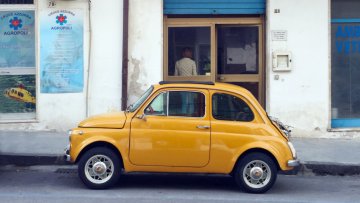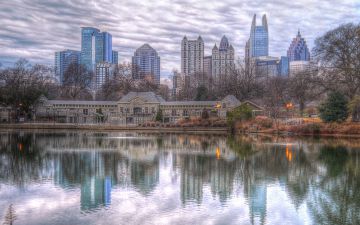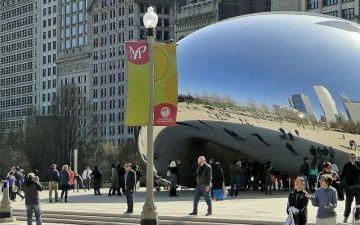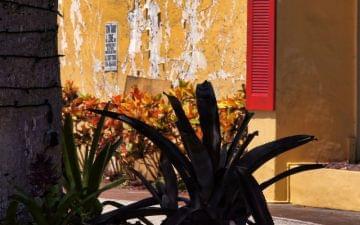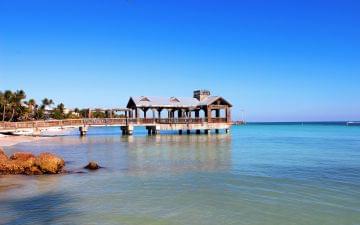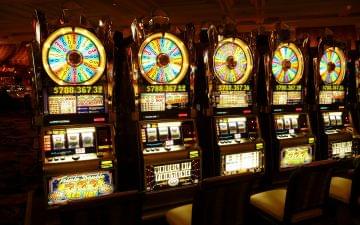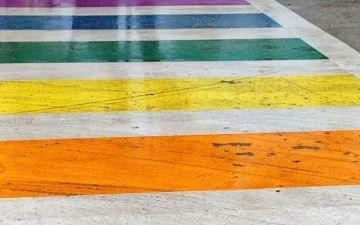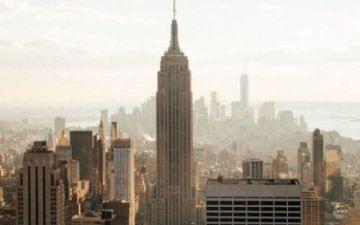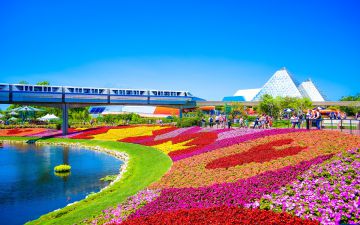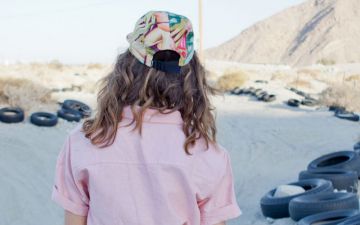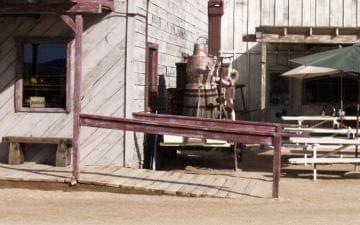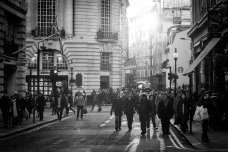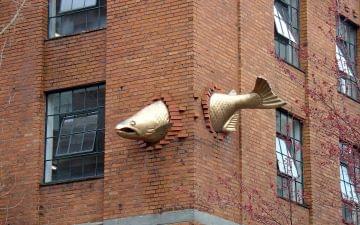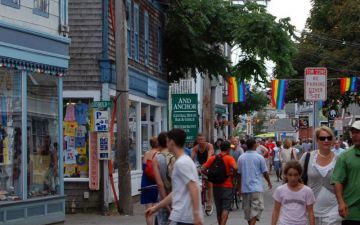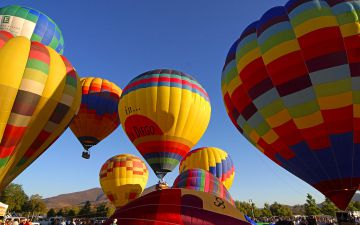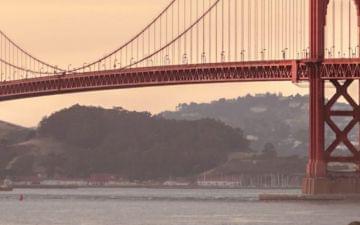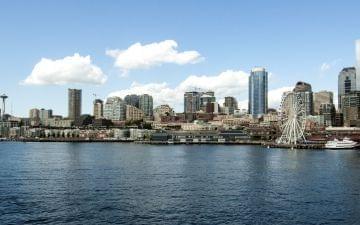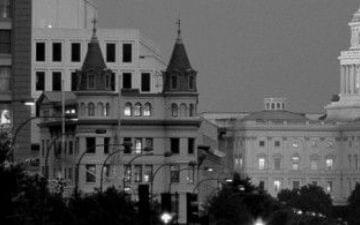Los Angeles can be reached by air, cruise ship, inter-state highway, transcontinental bus and rail, but how to get around once you've arrived is a much bigger challenge. Traveling across town whether by car, taxi or bus can take longer than between some cities. Always factor in traffic when you're making a date or booking a dinner reservation. The good news is that you don't have to run all over to have a great time. Base yourself in West Hollywood, Downtown, Santa Monica or Venice, and you may need go no farther.
Renting a car at the counters in the arrival terminals at the airport is usually easier and cheaper than elsewhere. GPS navigation on your Smart Phone or rental car should help make sense of the freeways. But renting the car may turn out to be a minor expense when you add up what you have to pay to park it at your hotel (up to $50), restaurants and attractions. If price is no object, live the tinsel-town life in a rented Maserati, Ferrari, Rolls-Royce, Lamborghini or Aston Martin. Other rental wheels: motor scooters for around town and to the beach and motorcycles to tool along the Pacific Coast Highway.
Because of all those cars, bicycling in Los Angeles may sound a little scary. Only 1 percent of the natives attempt biking to work. But weather encourages it, and so does the Los Angeles bike path network with more than 350 miles (560 km) of bike lanes and paths. The local bus and rail systems, including the suburbs, are bicycle accessible if you want to avoid long-haul pedaling. It is also legal to ride on the sidewalks if you are mindful of pedestrians. A citywide bike-sharing system is in the works with one already operating in Santa Monica.
The city's Metro Rail has roots in the 19th century and six lines, including the Red and Purple rapid transit from Union Station. All operate seven days a week between 5 am and midnight (until 2 am on Fridays and Saturdays) with limited service on some routes throughout the night. New lines are being added, including an extension to the Expo Line from downtown westward to the Santa Monica Pier and beach. Base fare is $1.75, purchased on a TAP Card (Transit Access Pass smart card).
Except for the short hauls like the Dash shuttle downtown, traveling by bus can be time-consuming and confusing, requiring frequent transfers and uncertain timetables. The system has nearly 200 different lines, many with connections to Metro Rail stations. One ride, no transfers, is $1.75 in exact change or token. Passes can also be purchased for 1, 7 or 30 days. Buses are color-coded: orange (local), red (rapid) and blue (express). Santa Monica has its own Big Blue buses for $1 a ride. The LAX Fly-Away buses with a $8 fare connect the airport to several locations, including Union Station, Santa Monica and Hollywood.
Because of the urban sprawl, hopping a cab can be a pricey prospect, and don't expect cabbies to be cruising for fares as they do in other cities. You can find cabstands at the airport, near Union Station downtown and at major hotels, but mostly you have to order a taxi by phone. Cabs are metered with nine taxi franchises having the City of Los Angeles stamp of approval. Think twice about getting in a "bandit cab" without the seal. Uber and Lyft also have cars on call.
